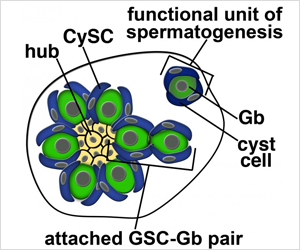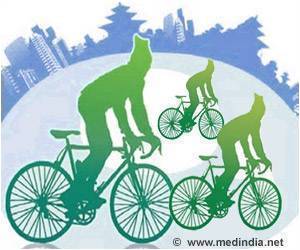The field of regenerative medicine has snowballed in the last 5 years and over the coming years a lot more patients will be receiving stem cell treatments.

"The possibilities for regenerative medicine are still being researched in the form of clinical trials. What we are doing here is paving the way for the manufacture of stem cells in large numbers when those therapies are proved to be safe and effective," said one of the lead researchers Morgan Alexander, professor of biomedical surfaces at University of Nottingham.
In the 2.3 million pound research project, Alexander and his team searched for polymers on which human pluripotent stem cells can be grown and differentiated in vast numbers -- billions at a time. Using a high throughput materials discovery approach the research team has found this man-made material, free from possible contamination and batch variability.
"The field of regenerative medicine has snowballed in the last five years and over the coming five years a lot more patients will be receiving stem cell treatments," Chris Denning, a professor from University of Nottingham said. "Clinical trials are still in the very early stages. However, with this kind of product, if we can get it commercialized and validated by the regulators it could be helping patients in two to three years," Denning said.
Conditions of the heart, liver and brain are all under investigation as possible new stem cell treatments. People are already receiving stem cells derived eye cells for eye disorders. The finding of the scalable and cost-effective synthetic polymer substrate was reported in the journal Advanced Materials.
Source-IANS













